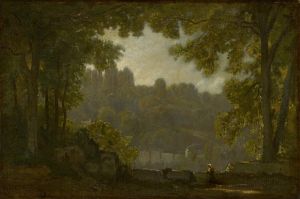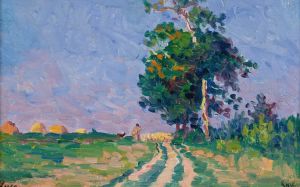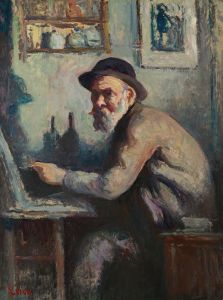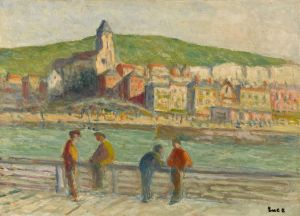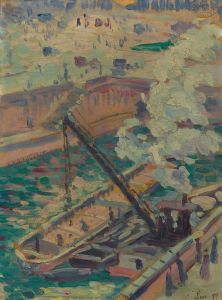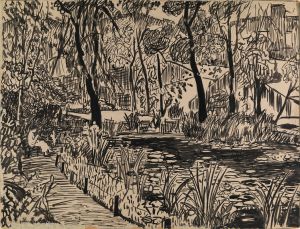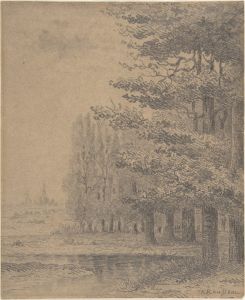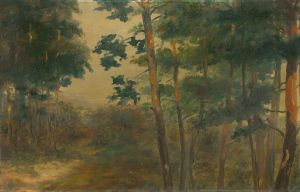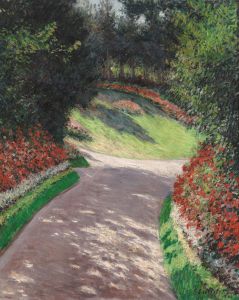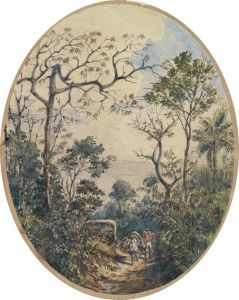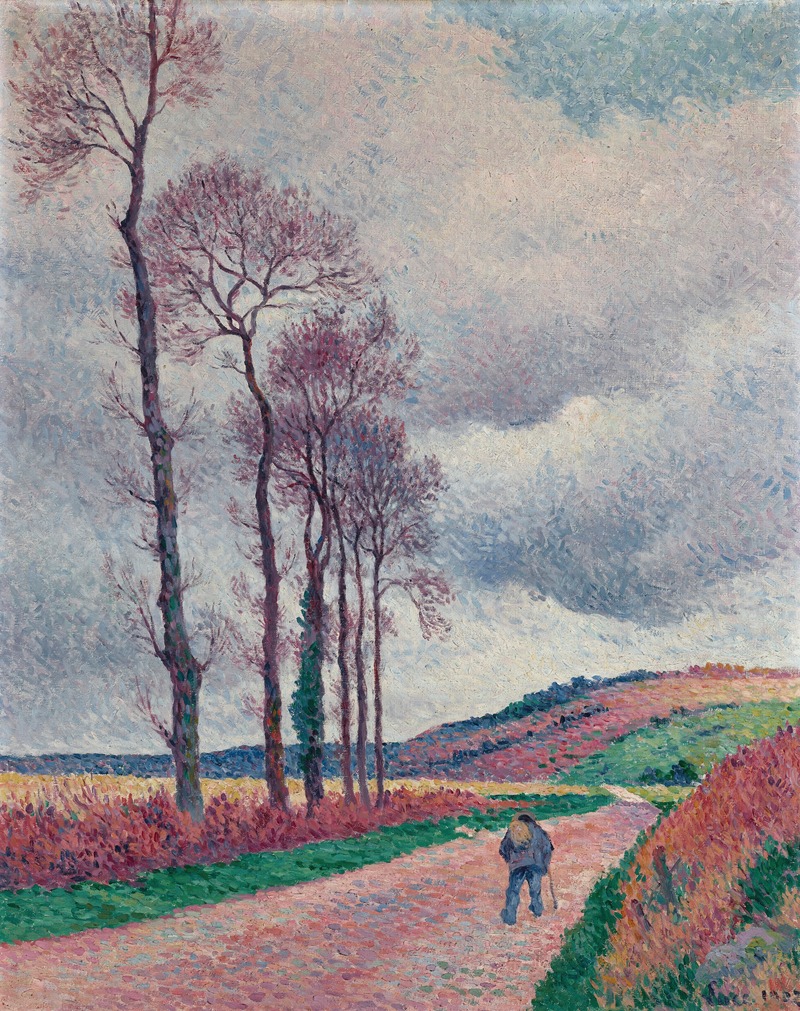
La route aux environs de Méréville
A hand-painted replica of Maximilien Luce’s masterpiece La route aux environs de Méréville, meticulously crafted by professional artists to capture the true essence of the original. Each piece is created with museum-quality canvas and rare mineral pigments, carefully painted by experienced artists with delicate brushstrokes and rich, layered colors to perfectly recreate the texture of the original artwork. Unlike machine-printed reproductions, this hand-painted version brings the painting to life, infused with the artist’s emotions and skill in every stroke. Whether for personal collection or home decoration, it instantly elevates the artistic atmosphere of any space.
Maximilien Luce was a prominent French Neo-Impressionist artist known for his contributions to the Pointillist movement, which was characterized by the use of small, distinct dots of color applied in patterns to form an image. Born on March 13, 1858, in Paris, Luce initially trained as an engraver before turning to painting. He became associated with the Neo-Impressionists, a group that included notable artists such as Georges Seurat and Paul Signac. Luce's work is celebrated for its vibrant use of color and light, capturing the essence of the landscapes and urban scenes he depicted.
"La route aux environs de Méréville" is one of Luce's notable works, showcasing his mastery of the Pointillist technique. The painting depicts a road in the vicinity of Méréville, a commune in the Essonne department in Île-de-France, northern France. This region, known for its picturesque landscapes, provided a rich source of inspiration for many artists during the late 19th and early 20th centuries.
In "La route aux environs de Méréville," Luce employs his characteristic technique of applying small, dot-like strokes of paint to create a harmonious and luminous composition. The painting captures a serene rural scene, with the road leading the viewer's eye into the depth of the landscape. The use of color is particularly striking, with Luce employing a palette that reflects the natural beauty of the French countryside. The interplay of light and shadow is skillfully rendered, demonstrating Luce's keen observation of the effects of light on the landscape.
Luce's work during this period was heavily influenced by the scientific theories of color and perception that underpinned the Neo-Impressionist movement. The technique of Pointillism, developed by Seurat, was based on the idea that juxtaposed dots of pure color could blend in the viewer's eye to produce a more vibrant and luminous effect than traditional methods of mixing pigments on a palette. Luce adopted this approach, applying it to both urban and rural scenes with equal success.
The painting not only reflects Luce's technical skill but also his deep appreciation for the natural world. His choice of subject matter often focused on the everyday scenes of life, capturing the quiet beauty of the French landscape. "La route aux environs de Méréville" is a testament to Luce's ability to convey a sense of tranquility and harmony through his art.
Maximilien Luce's contribution to the Neo-Impressionist movement is significant, as he helped to further develop and popularize the Pointillist technique. His works are held in high regard and can be found in numerous public and private collections around the world. "La route aux environs de Méréville" remains an exemplary piece of his oeuvre, illustrating both his technical prowess and his artistic vision.
Luce continued to paint and exhibit his work throughout his life, remaining committed to the ideals of the Neo-Impressionist movement. He passed away on February 6, 1941, leaving behind a legacy of artworks that continue to be celebrated for their beauty and innovation.






